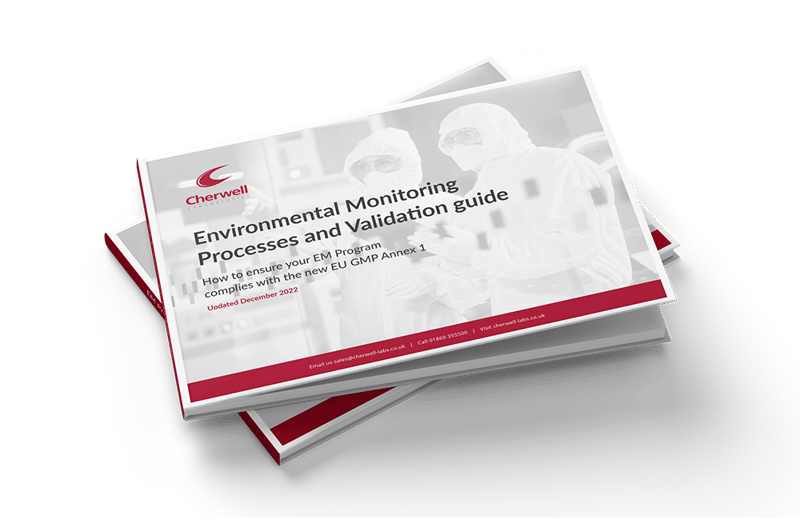In many industries there is a need to monitor for both viable and non-viable particles within controlled spaces. The methods for the viable environmental monitoring of controlled spaces, such as within pharmaceutical clean rooms can be split into passive or active methods. Settle plates are the main passive method deployed for air monitoring, contact plates and swabs are used for surface monitoring whereas primary active methods are air samplers, which sample a known volume of air over or through a collection medium.
Requirements don't change much
Many of the requirements for microbiological media remain the same whether the environment is a controlled space, such as cleanroom, isolator, operating theatre or an uncontrolled space, for example office, factory or waste processing site. In all cases the media needs to be robust enough to survive the sampling process and subsequent incubation as any degradation may ultimately affect the quality of the result obtained, as well as being appropriate for the microorganisms targeted.
Wrong choices equal wrong results
Therefore, selection of the correct medium and presentation is vital as the wrong choices may compromise the sampling or indeed lead to false positives. For the pharmaceutical industry Cherwell manufactures Tryptone Soya Agar and Sabouraud Dextrose Agar with several different optional neutralisers for antibiotics and disinfectants. For other applications more selective or differential media may be required to enable the detection of specific microorganisms.
These media are standard products, however, consideration should also be given to depth of fill. This may be governed by the active sampling method used or the environment in which the settle plate will be located. High airflow environments, such as laminar flow cabinets or grade A filling areas will dehydrate the agar more rapidly, therefore a deep fill plate, for example Cherwell’s 27ml fill option, could be more appropriate. Formulations with additional agar for improved gel strength may also be beneficial in high airflow environments as well as in the laboratory after sampling.
Quality of product at point of use is crucial
Once the correct product is selected and made available, consideration must also be given to the quality of the plate at point of use. Redipor agar plates are designed for storage at room temperature so that it is easier to deliver them to the point of use in good condition. At the point of use within a clean room it is important that the individual plates are clearly visible through the wrapping. This allows the operators to easily check that the plate is free of any surface moisture, microbial growth or other imperfections. The use of poor quality plates can lead to unnecessary investigations into false positive results.
To gleen further insights into prepared culture media please download our eBook The Pharmaceutical and Cleanroom Industry's Pocket Guide to Prepared Media.







